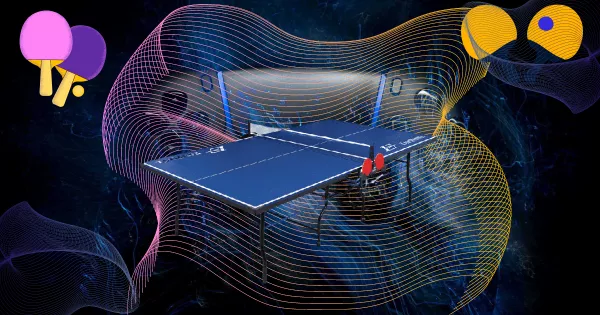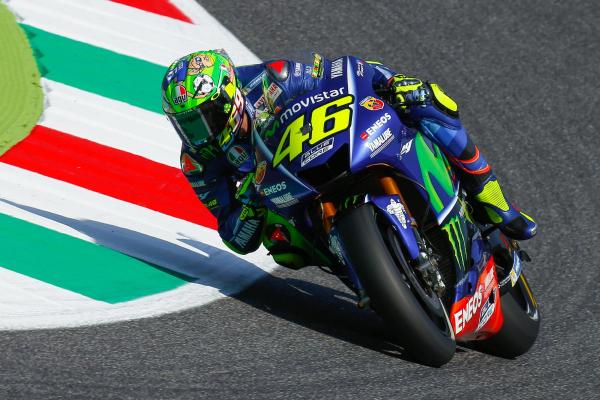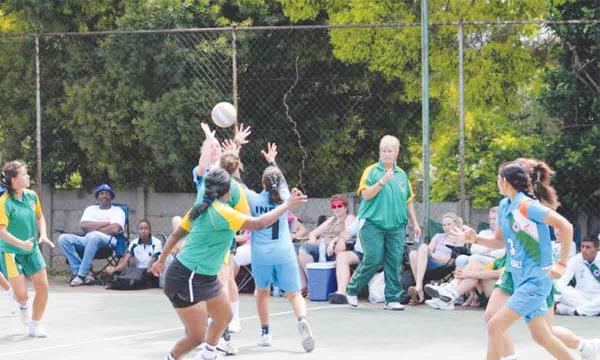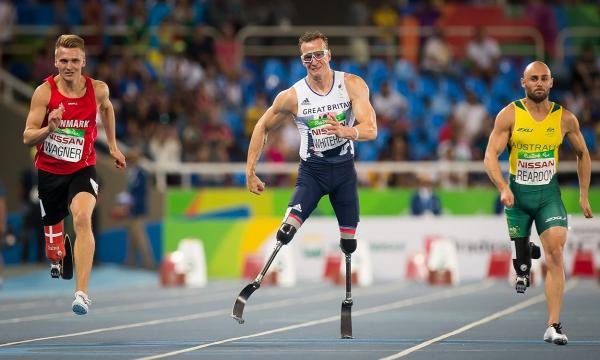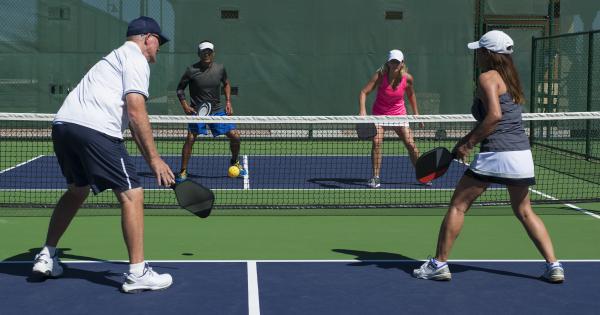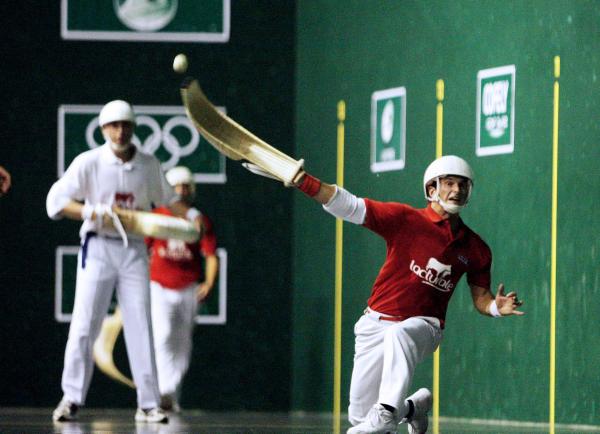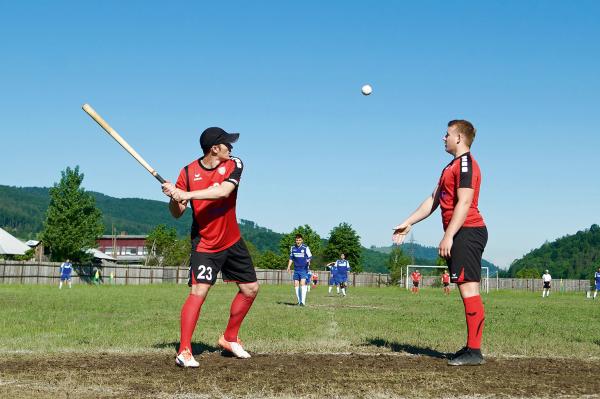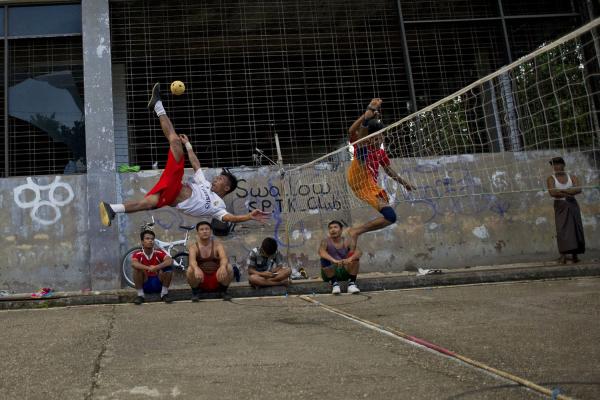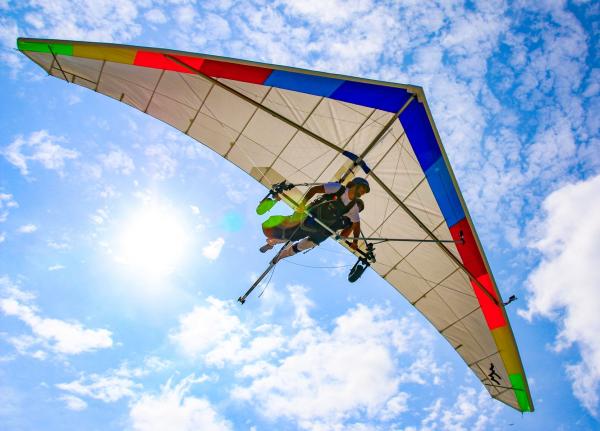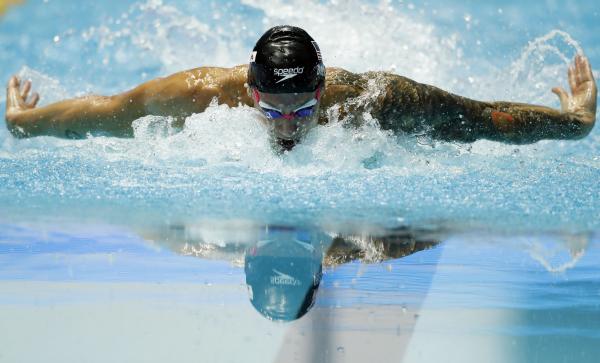Jujitsu

Jujitsu, Japanese jūjitsu (“gentle art”), also spelled jujutsu, also called yawara, form of martial art and method of fighting that makes use of few or no weapons and employs holds, throws, and paralyzing blows to subdue an opponent. It evolved among the warrior class (bushi, or samurai) in Japan from about the 17th century. Designed to complement a warrior’s swordsmanship in combat, it was a necessarily ruthless style, with the usual object of warfare: crippling or killing an antagonist. Jujitsu was a general name for many systems of fighting involving techniques of hitting, kicking, kneeing, throwing, choking, immobilizing holds, and use of certain weapons. Central to these systems was the concept jū, from a Chinese character commonly interpreted as “gentle”—gentle, however, in the sense of bending or yielding to an opponent’s direction of attack while attempting to control it. Also involved was the use of hard or tough parts of the body (e.g., knuckles, fists, elbows, and knees) against an enemy’s vulnerable points. Jujitsu declined after the Satsuma Rebellion of 1877, but it has enjoyed renewed popularity since the 1990s.




